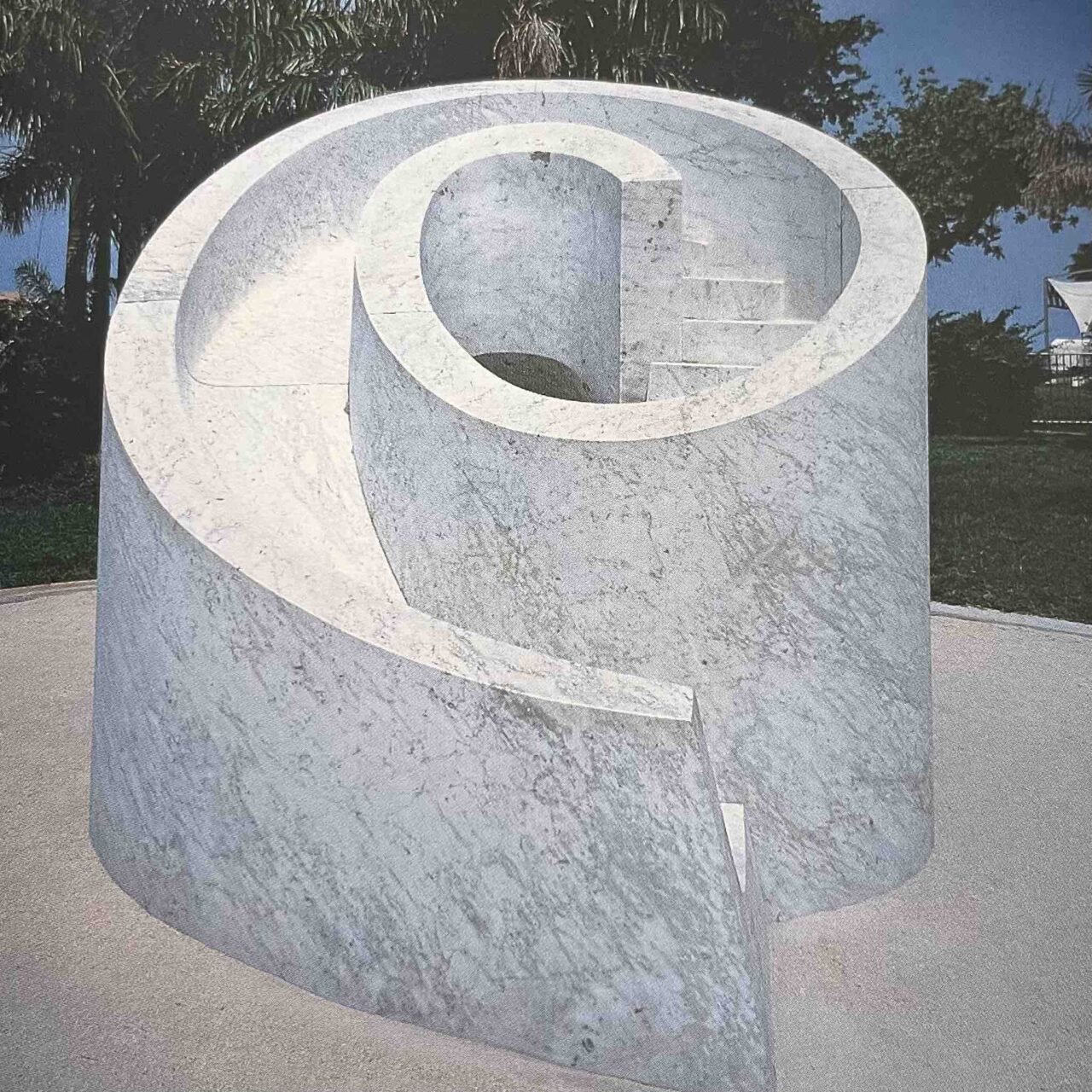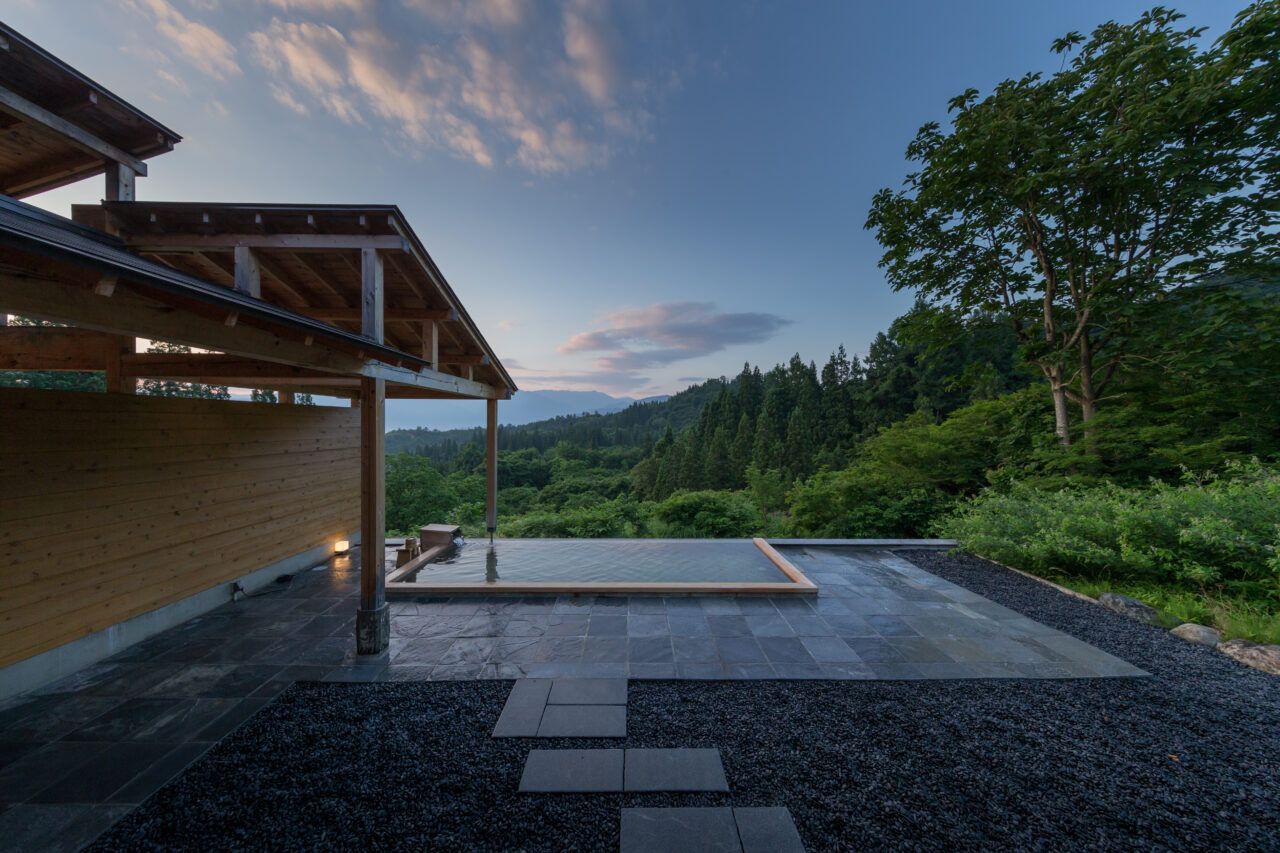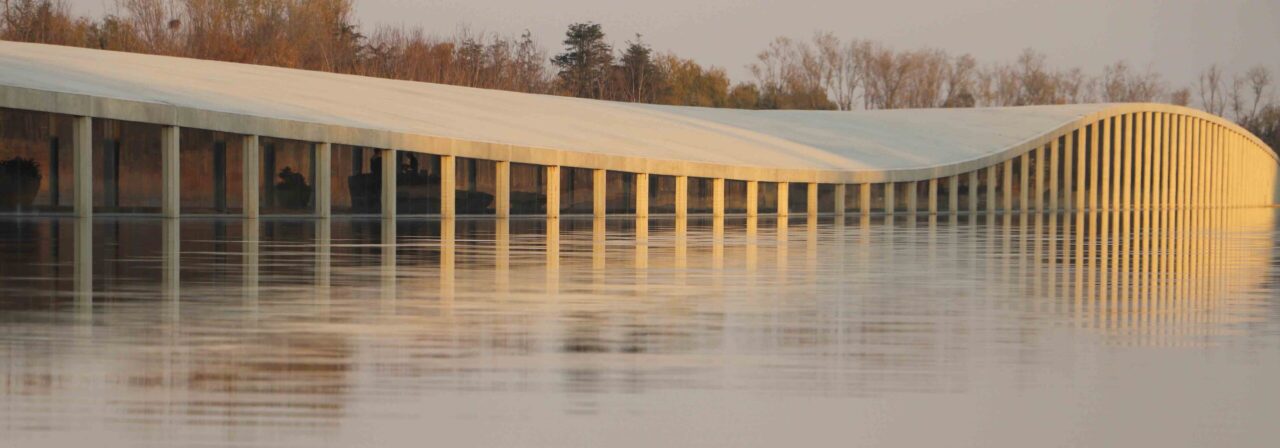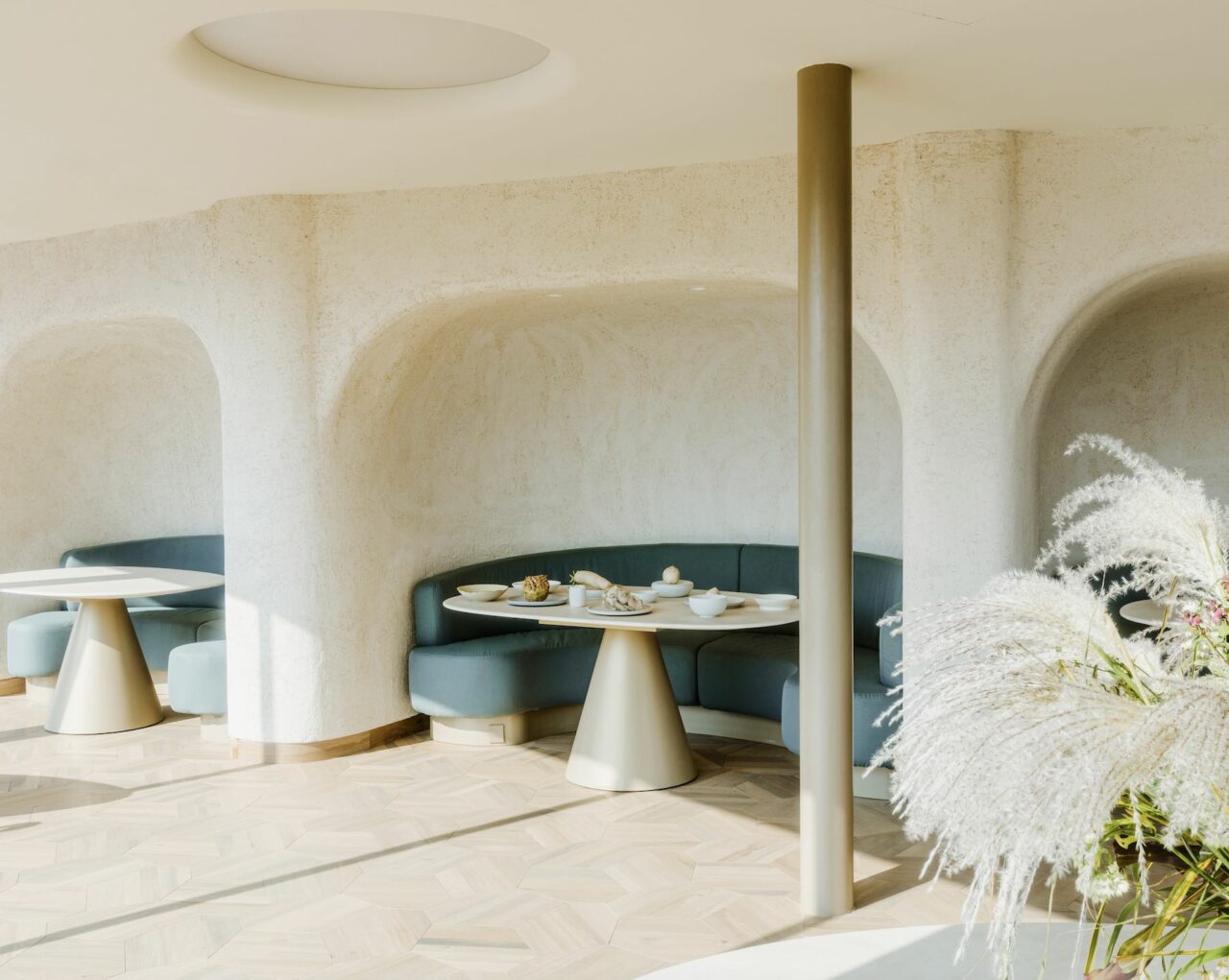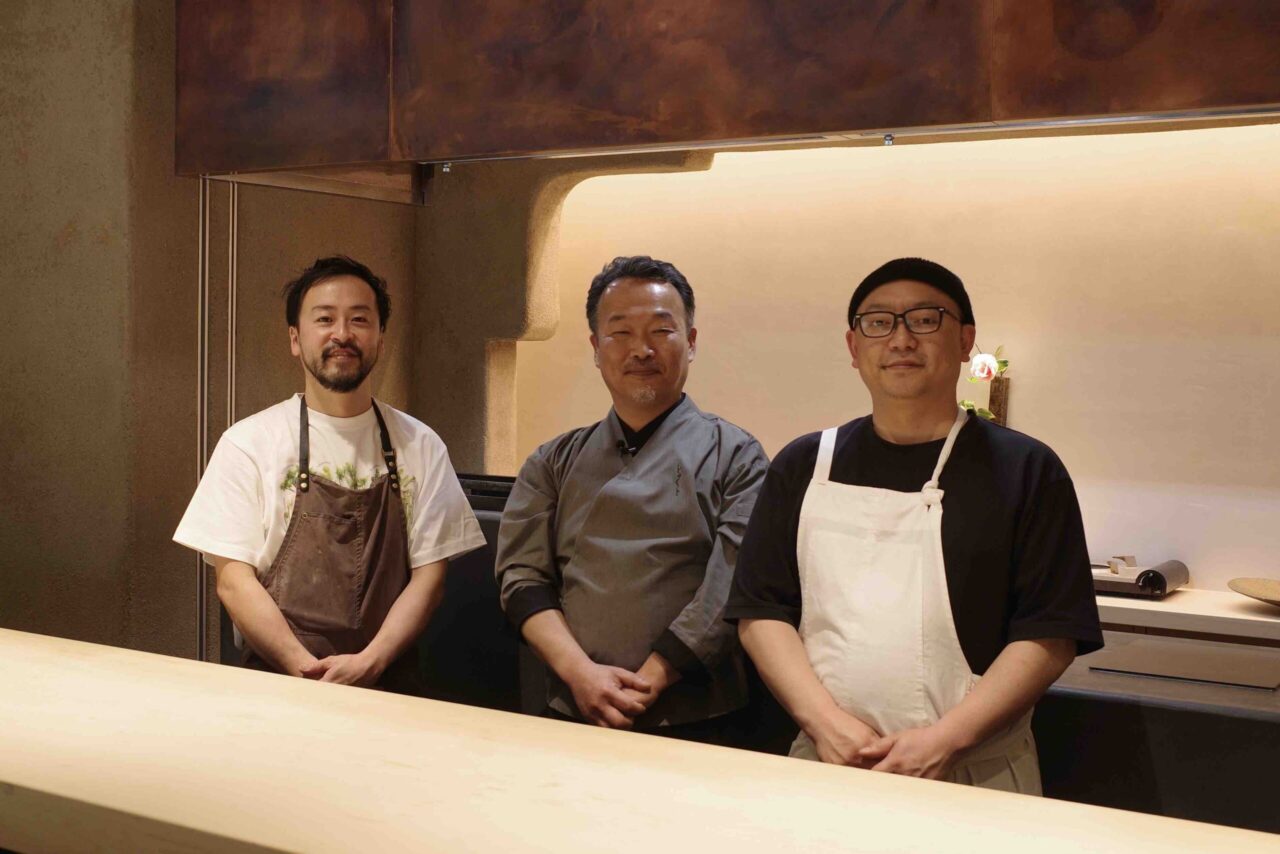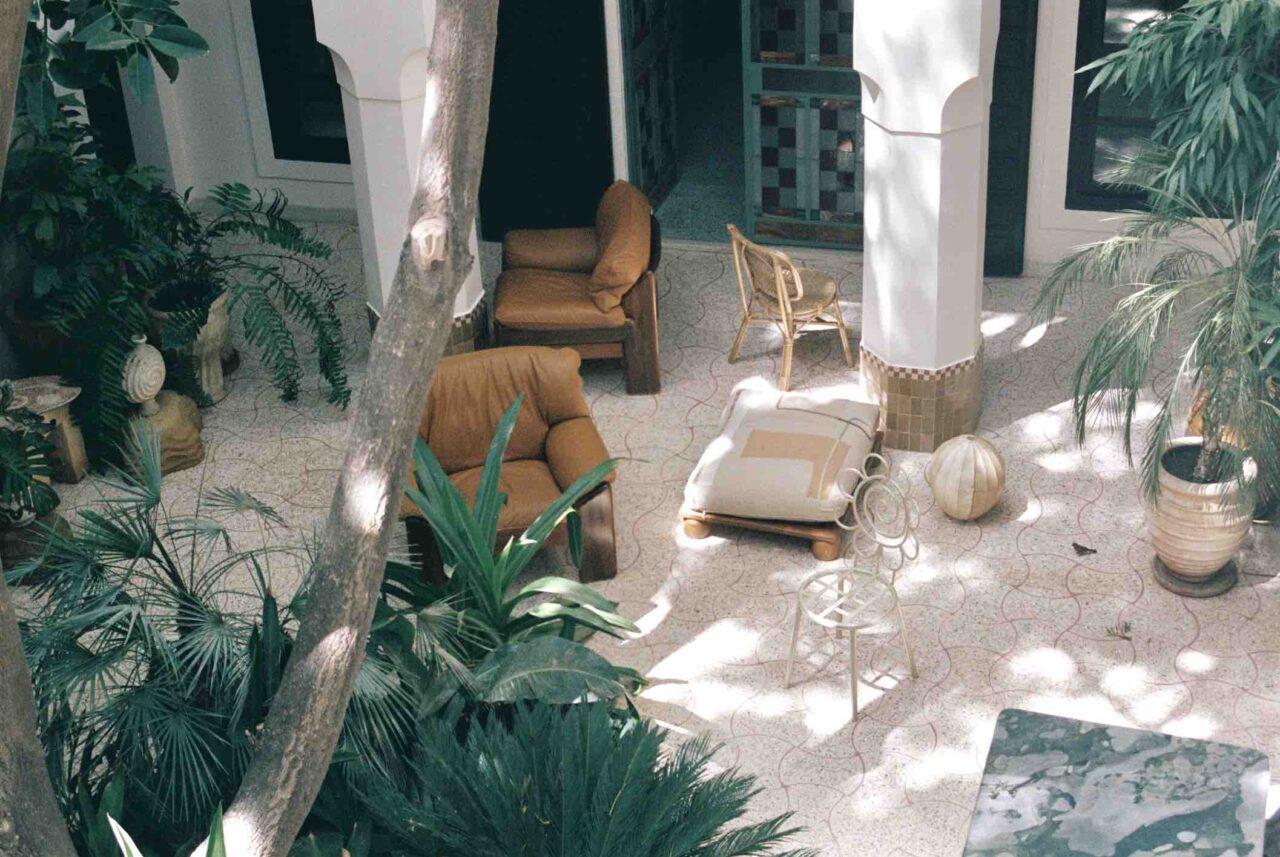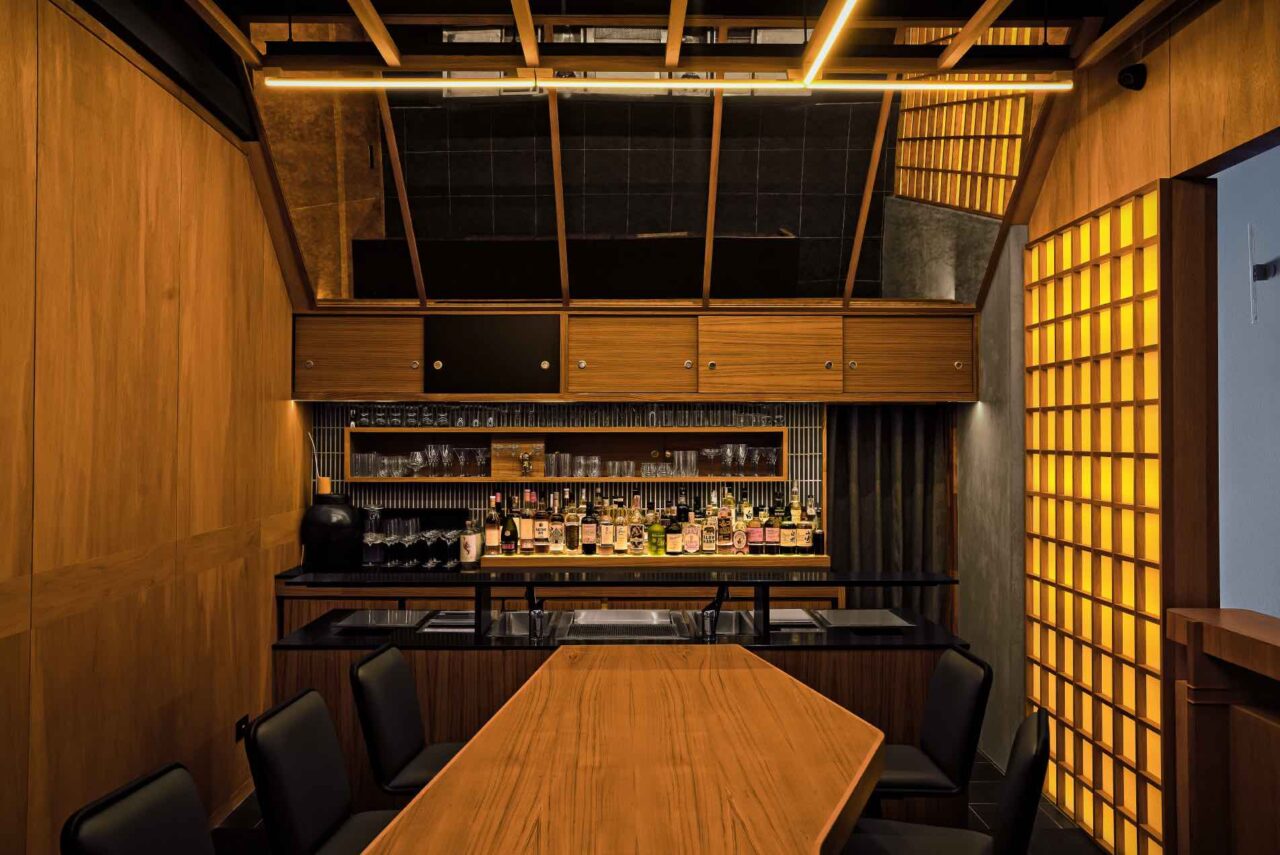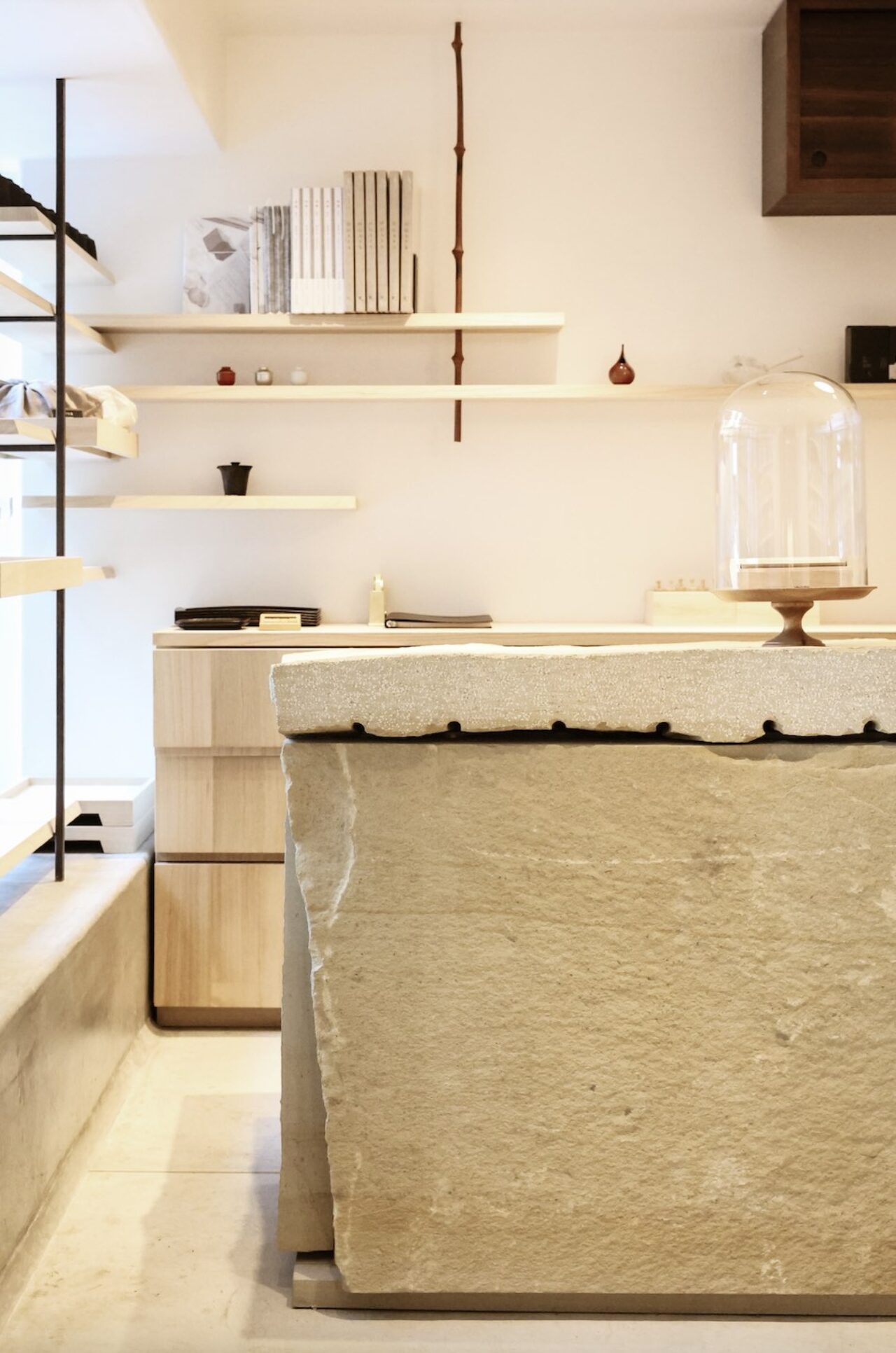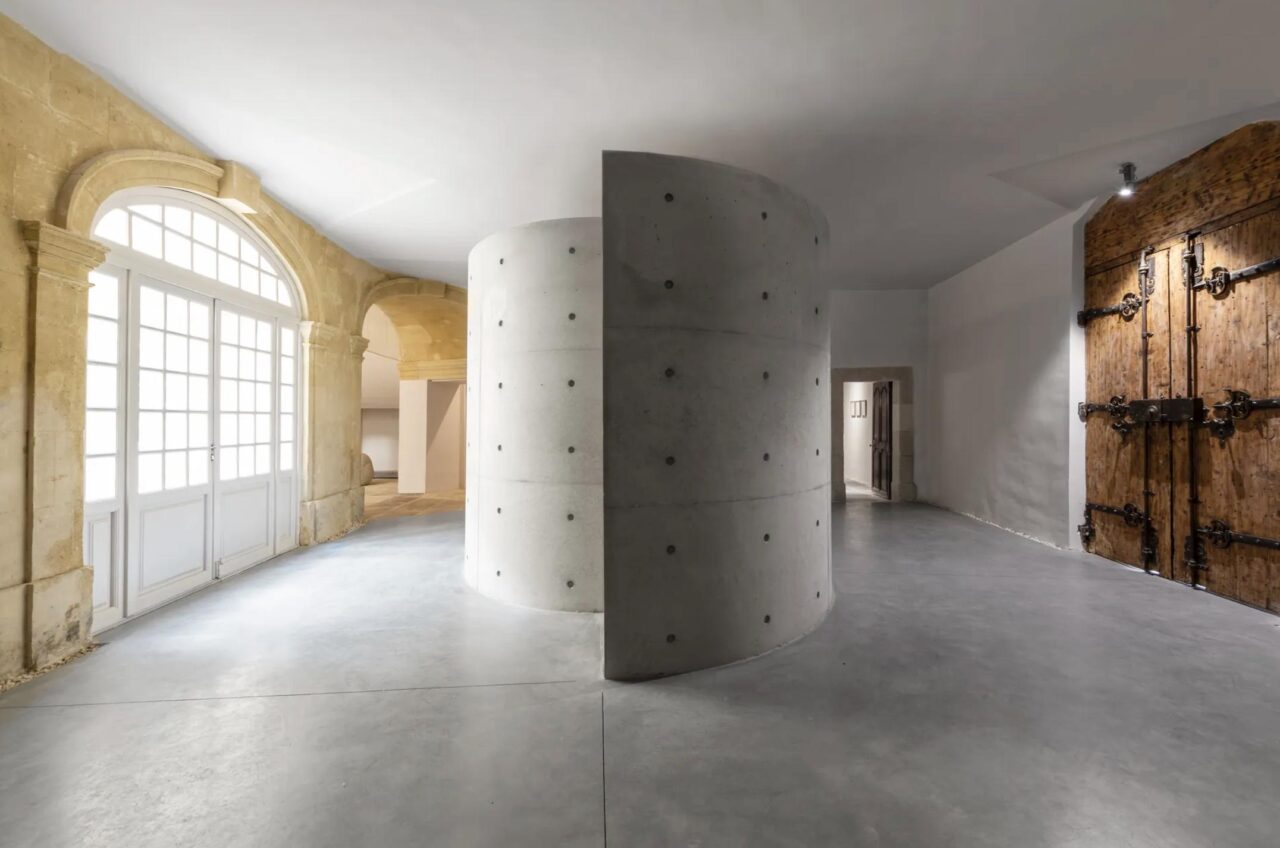UCCA CLAY MUSEUM
In China, An Inverted Shell Structure Made From Local Ceramic Inspired By A Climbing Kiln

When preserving the ancient ‘ceramic capital’ of Yixing, renowned for their ceramic history and culture passed down through generations for more than 1,000 years, what better way than to create a museum made from the material itself?
Located within the UCCA Center for Contemporary Art cluster of museums and art galleries in Yixing, Jiangsu, China, the latest museum addition comes in the form as the UCCA Clay Museum. Nestled within the small province of Yixing, the contemporary art facilities are part of a wider masterplan to redevelop the once-industrial area.
Japanese architect Kengo Kuma & Associates were invited to design the 3,457-square-metre art museum celebrating the town’s rich history and culture in pottery production using purple clay. KKAA explain, ‘The site was once the center of Yixing’s ceramic culture, with its numerous pottery factories and ateliers. This project aligns with the masterplan to redevelop the area and envisions a cultural center for ceramics, incorporating ateliers and workshops while preserving the remnants of decommissioned factories.’
The form, a single gently undulating volume resembling a mountain of pottery, also takes inspiration from the form of a local ‘dragon kiln’, a climbing kiln that has been in continuous use for 600 years. The structure’s silhouette was also inspired by the neighbouring Shushan Mountain — a mountain that played a key inspiration for Northern Song Dynasty writer Sy Dongpo. KKAA add, ‘The mountain-shaped volume was punctured to connect with the pottery factory and the canal, seamlessly integrating the building with the site’s axis and the surrounding factory complex.’
The building is an exceptional architectural example of nature, materiality and place. Housing a diverse group of spaces from cafe to ateliers and exhibition areas on ground level, the second floor areas act as open multipurpose areas showcasing the wooden latticed ceiling beams supported by concrete columns. KKAA note, ‘The roof, an inverted shell structure carved by virtual spheres, is supported by four layers of wooden lattice beams. This light yet strong wooden structure brings dynamic changes to the interior space and draws the line of sight and circulation flow deeper into the building.’
A key element of the structure is it’s striking facade, created from locally-fired ceramic tiles. The individual tiles form a dynamic gradation of burnt orange and red, which evoke the ‘temperature’ of pottery developed in collaboration with local artisans. KKAA add, ‘Its uneven surface is glazed with varying colour gradations, creating different expressions depending on the time of day and season. Warm and slightly coarse to the touch like Chinese tea-ware, these ceramic panels embody the history and culture of the ceramic city, which has been passed down through the generations for more than 1,000 years.’







UCCA Clay Museum
UCCA Center for Contemporary Art
4 Jiuxianqiao Rd, Chaoyang,
Beijing, China, 100102
For more architecture destinations, click here
Text: Joanna Kawecki
Images: Eiichi Kano, Fangfang Tian © KKAA







